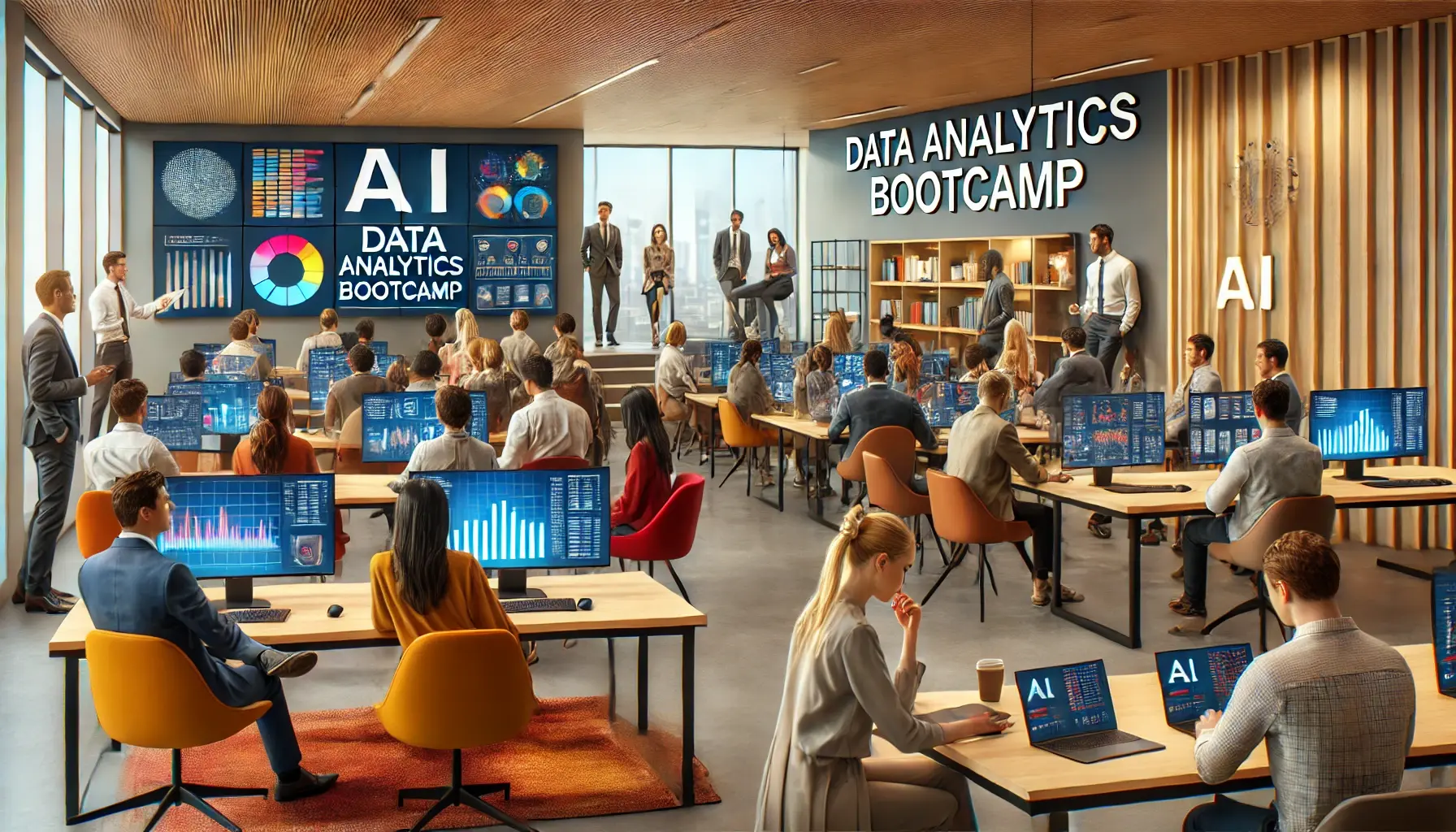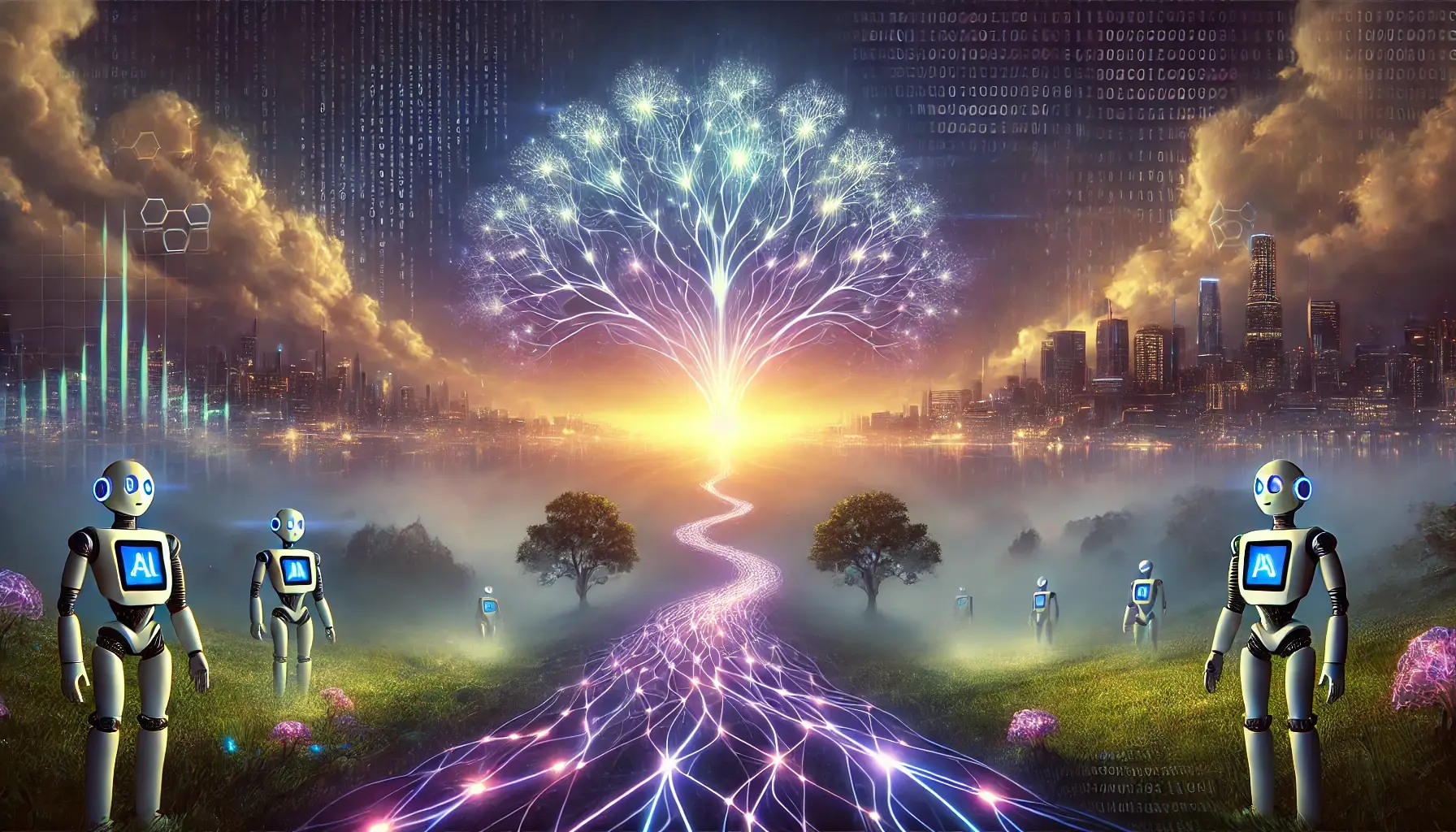6 min read
Understanding AI: How It Works and Its Impact on the USA
How Does Artificial Intelligence Work? Artificial Intelligence (AI) has become a transformative force in modern society, driving innovations across...
3 min read
![]() The Amazing Team at Skills Data Analytics
:
Aug 7, 2024 10:00:00 AM
The Amazing Team at Skills Data Analytics
:
Aug 7, 2024 10:00:00 AM
Machine Learning (ML) and Artificial Intelligence (AI) are at the forefront of technological innovation, driving significant advancements across various industries. These technologies are revolutionizing how we interact with data, make decisions, and solve complex problems. This article explores the intricacies of ML and AI, their differences, applications, and their relevance in the USA.
Artificial Intelligence (AI) is the broader concept of machines being able to carry out tasks in a way that we would consider “smart.” It encompasses a wide range of technologies designed to perform tasks that typically require human intelligence, such as understanding natural language, recognizing patterns, and making decisions.
Machine Learning (ML) is a subset of AI that involves training algorithms to learn from data and improve their performance over time. ML enables computers to learn from and make predictions based on data without being explicitly programmed for each specific task.
Key Components of AI:
Key Components of ML:
Machine Learning and AI often work together to create intelligent systems. AI provides the overarching framework, while ML offers the techniques to train these systems. Here’s how they complement each other:
Machine Learning and AI are driving significant advancements across various sectors in the USA:
Despite their advancements, ML and AI face several challenges:
Future Prospects: The future of ML and AI holds immense potential. Advancements in quantum computing, AI ethics, and human-AI collaboration are expected to shape the next generation of AI systems. As AI and ML continue to evolve, they will play a critical role in addressing complex global challenges and driving innovation.
Machine Learning and Artificial Intelligence are transforming industries and shaping the future of technology. Understanding their working mechanisms, applications, and challenges is essential for navigating the AI-driven world. For those looking to enhance their skills in AI and data analytics, the Skills Data Analytics website offers the best online data analytics certification course in the USA, providing comprehensive training and practical insights.
Q1: What is the main difference between AI and Machine Learning?
A1: AI is the broader concept of creating machines that can simulate human intelligence, while Machine Learning is a subset of AI that focuses on training algorithms to learn from data and make predictions.
Q2: How are AI and ML used in autonomous vehicles?
A2: AI and ML are used in autonomous vehicles for navigation, obstacle detection, decision-making, and real-time driving. ML algorithms process sensor data to make driving decisions.
Q3: What are the ethical concerns associated with AI and ML?
A3: Ethical concerns include data privacy, algorithmic bias, transparency, and accountability. Ensuring fairness, transparency, and security in AI systems is crucial for ethical deployment.

6 min read
How Does Artificial Intelligence Work? Artificial Intelligence (AI) has become a transformative force in modern society, driving innovations across...

4 min read
Latest Developments in the Field of Data Science

7 min read
Machine learning (ML) is a subset of artificial intelligence (AI) that enables computers to learn from data and improve their performance over time...